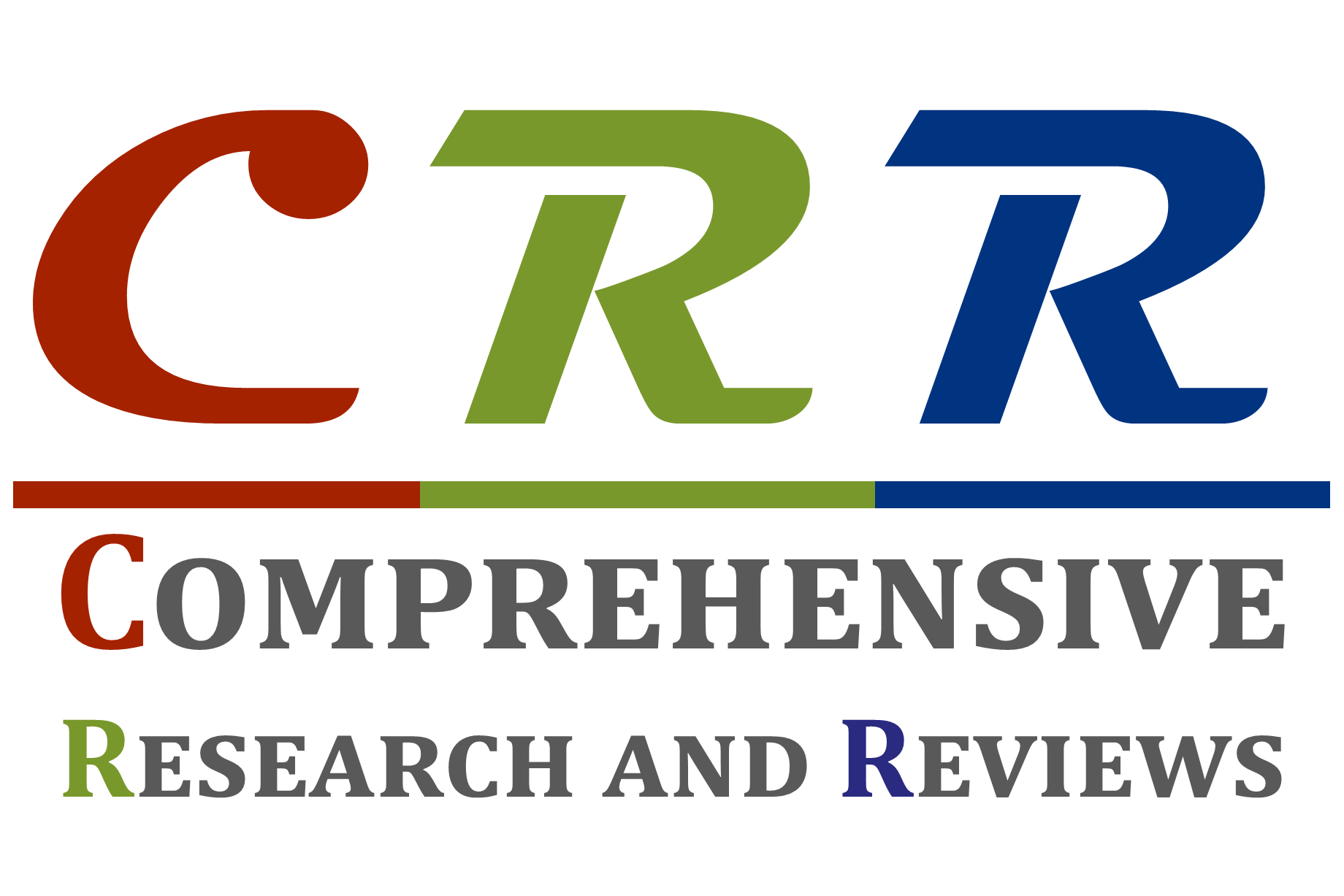The potential of water hyacinth ash as source of alkali soap for soap making: An alternative option to control environmental pollution
Department of Chemistry, College of Natural and Computational Sciences, Hawassa University, Hawassa, Ethiopia.
Research Article
Comprehensive Research and Reviews in Chemistry and Pharmacy, 2022, 01(01), 012-024.
Article DOI: 10.57219/crrcp.2022.1.1.0003
Publication history:
Received on 28 July 2022; revised on 03 September 2022; accepted on 06 September 2022
Abstract:
This study was carried out to investigate the potential of water hyacinth as a source of alkali solution for soap making and also its utilization as a possible option for its control. The ash of water hyacinth was boiled with distilled water to prepare the alkali solution. Alkalinity (pH) the resulting solution was tested using chemical indicators and pH meter to assess its suitability for soap making, and it was found to be 10.85. The prepared alkali solution was heated with used cooking oils to prepare soap by a process known as saponification. The moisture content, total free alkali content, total fatty matter and the pH values of the prepared soap materials were found to be in the ranges of 24.3-37.8%, 0.46-0.77, 68.2-72.8 and 9.82-10.33%, respectively. These values are in acceptable ranges for good grade laundry soaps. The data also suggested that water hyacinth ash can be used as source of alkali solution for soap making. It is, therefore, possible to control environmental pollution caused by water hyacinth using its ash in soap making.
Keywords:
Total Fatty Matter; Moisture Content; Eichhornia crassipes; Oil; Saponification; Lye Solution
Full text article in PDF:
Copyright information:
Copyright © 2022 Author(s) retain the copyright of this article. This article is published under the terms of the Creative Commons Attribution Liscense 4.0
